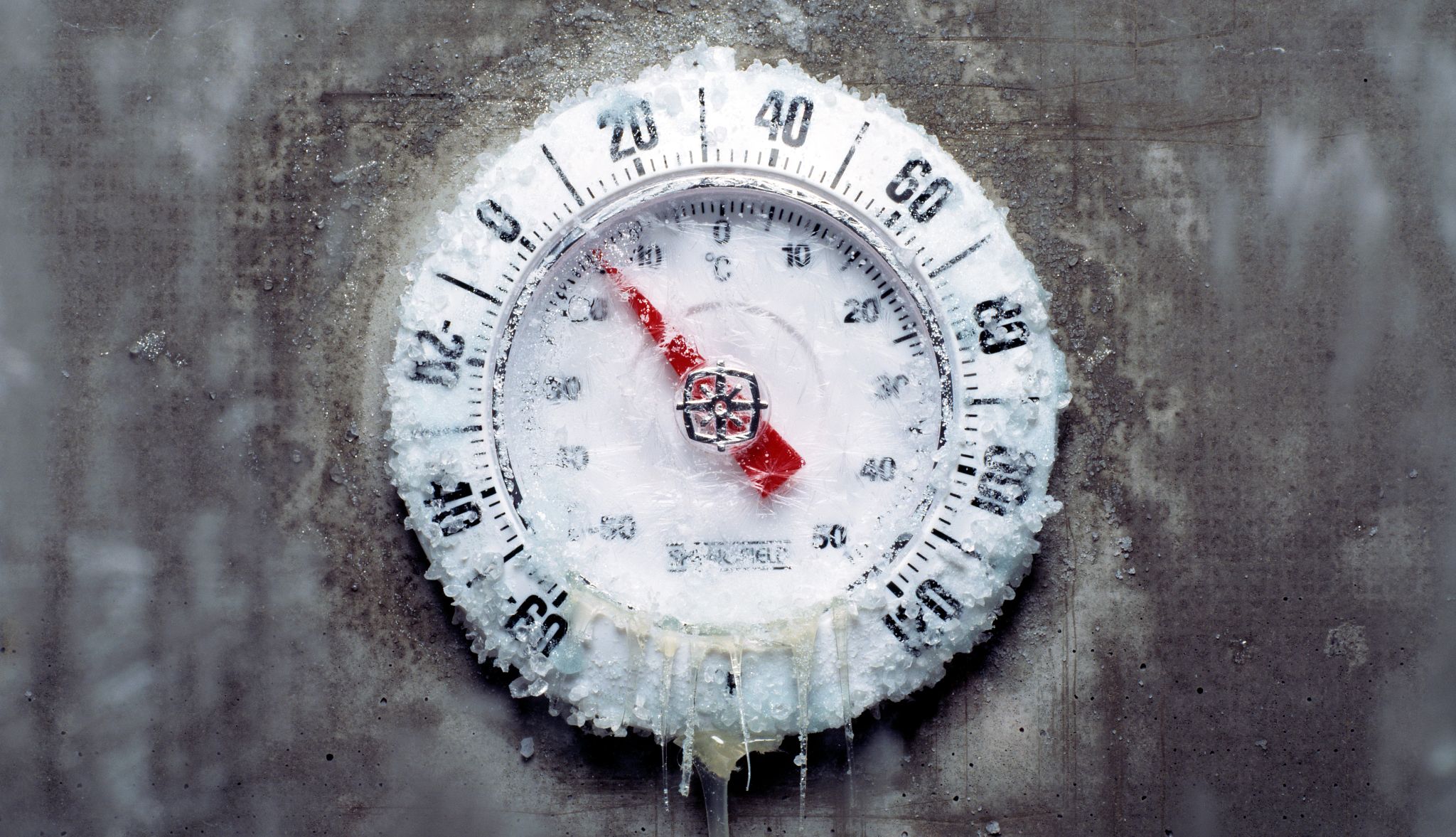AARP Hearing Center


With cold air blanketing many areas of the country, public health experts are urging older adults to take certain precautions. Just like extreme heat poses unique risks for aging individuals, so does extreme cold.
Much of it boils down to age-related changes that make older adults more likely to be affected by the cold, says Liron Sinvani, M.D., director of Geriatric Hospitalist Service at Northwell Health and an associate professor of medicine at the Donald and Barbara Zucker School of Medicine at Hofstra/Northwell.
For example, people tend to lose muscle as they age — a condition known as sarcopenia — and muscle provides insulation and generates heat, Sinvani says. Older adults are also more likely to have thinner skin, making it easier for heat to escape, and decreased blood flow, due to changes in their blood vessels. “All of these things culminate in a reduced ability to regulate their body heat,” putting them at greater risk for danger in cold weather, Sinvani explains.
What’s more, certain medical conditions that become more common with age can make it harder to stay warm, according to the National Institute on Aging. Diabetes, which affects roughly one-third of adults 65 and older, can prevent blood from flowing normally, which disrupts temperature regulation. Thyroid problems can affect the body’s ability to maintain a normal body temperature, and memory problems can prevent people from taking certain precautions, like wearing warm clothing.
When the body loses more heat than it can sustain, hypothermia can set in. This medical emergency, which occurs when the body’s core temperature drops below 95°F, can lead to serious health issues, like heart failure and organ damage, and can be life-threatening.
According to the Centers for Disease Control and Prevention (CDC), warning signs of hypothermia can include:
- Shivering
- Exhaustion or feeling very tired
- Confusion
- Fumbling hands
- Memory loss
- Slurred speech
- Drowsiness




































































More From AARP
Chill Factor: Conditions Made Worse by Cold Weather
How to cope when the temperatures drop
How Cold Weather Affects the Lungs
Frigid, dry air can make it harder to breathe
6 Moves to Keep You Fit This Winter
Try these to stay strong and healthy in the colder months